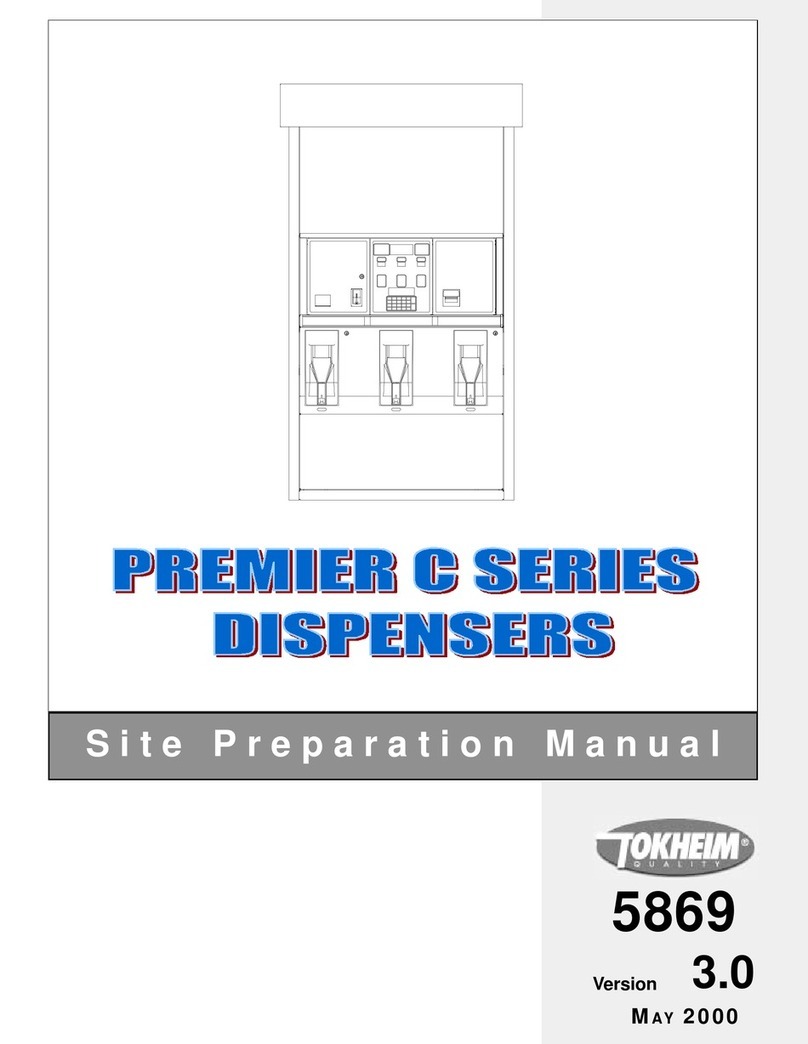
Document Ref 947571-001 Rev 23
Quantium 110 & 210 Installation Manual Contents
(CONT.)
CONTENTS
1 INTRODUCTION......................................................................................................... 1-2
1.1 How To Use This Manual ................................................................................... 1-2
1.2 Product Scope ..................................................................................................... 1-2
1.3 Authorised Technicians....................................................................................... 1-3
1.4 Contact Information ............................................................................................ 1-3
1.5 Health & Safety .................................................................................................. 1-3
1.5.1 Safety Checklist.................................................................................. 1-3
1.5.2 Duties of the Employees..................................................................... 1-3
1.5.3 Hazards ............................................................................................... 1-4
1.5.4 Warning Signs .................................................................................... 1-5
1.5.5 Personal Protective Equipment (PPE)................................................ 1-6
1.6 Standards & Certificates ..................................................................................... 1-7
1.6.1 Dispenser Marking for the ATEX Directive....................................... 1-7
1.6.2 Special Conditions for Safe Use......................................................... 1-8
1.7 MID Dispensers .................................................................................................. 1-8
2 SITE PREPARATION .................................................................................................. 2-2
2.1 General................................................................................................................ 2-2
2.1.1 Zoning Diagrams ................................................................................ 2-2
2.2 Q110 and Q210 Hose and Pump Configurations................................................ 2-5
2.3 Hydraulic Connections ....................................................................................... 2-7
2.3.1 TQP Connections ............................................................................... 2-7
2.3.2 PAS V3 Connections .......................................................................... 2-8
2.3.3 Submerged Connections ....................................................................2-11
2.3.4 Q210 SDS Connections.................................................................... 2-12
2.3.5 Vapour Recovery Connections ......................................................... 2-12
2.4 Electrical Connections ...................................................................................... 2-16
3 DRAWINGS................................................................................................................... 3-2
3.1 Q110 Dispenser................................................................................................... 3-2
3.1.1 Q110 Dispenser Dimensions .............................................................. 3-2
3.1.2 Q110 Ground Plans ............................................................................ 3-3
3.1.3 Q110 Retention Tray Assembly.......................................................... 3-4
3.1.4 Q110 Ground Fixing........................................................................... 3-4
3.2 Q210 Dispenser................................................................................................... 3-5
3.2.1 Q210 Dispenser Dimensions .............................................................. 3-5
3.2.2 Q210 Ground Plans ............................................................................ 3-6
3.2.3 Q210 Retention Tray Assembly ......................................................... 3-7
3.2.4 Q210 Ground Fixing .......................................................................... 3-7
3.3 Q210 SDS Dispenser .......................................................................................... 3-8
3.3.1 Q210 SDS Dimensions....................................................................... 3-8
3.3.2 Q210 SDS Ground Plan ..................................................................... 3-9
4 PACKAGING & HANDLING..................................................................................... 4-2
4.1 Shipping Documentation .................................................................................... 4-2
4.2 Packaging ............................................................................................................ 4-2
4.2.1 Unpacking .......................................................................................... 4-2
4.3 Inventory Inspection ........................................................................................... 4-2
4.3.1 Checking List ..................................................................................... 4-3






























